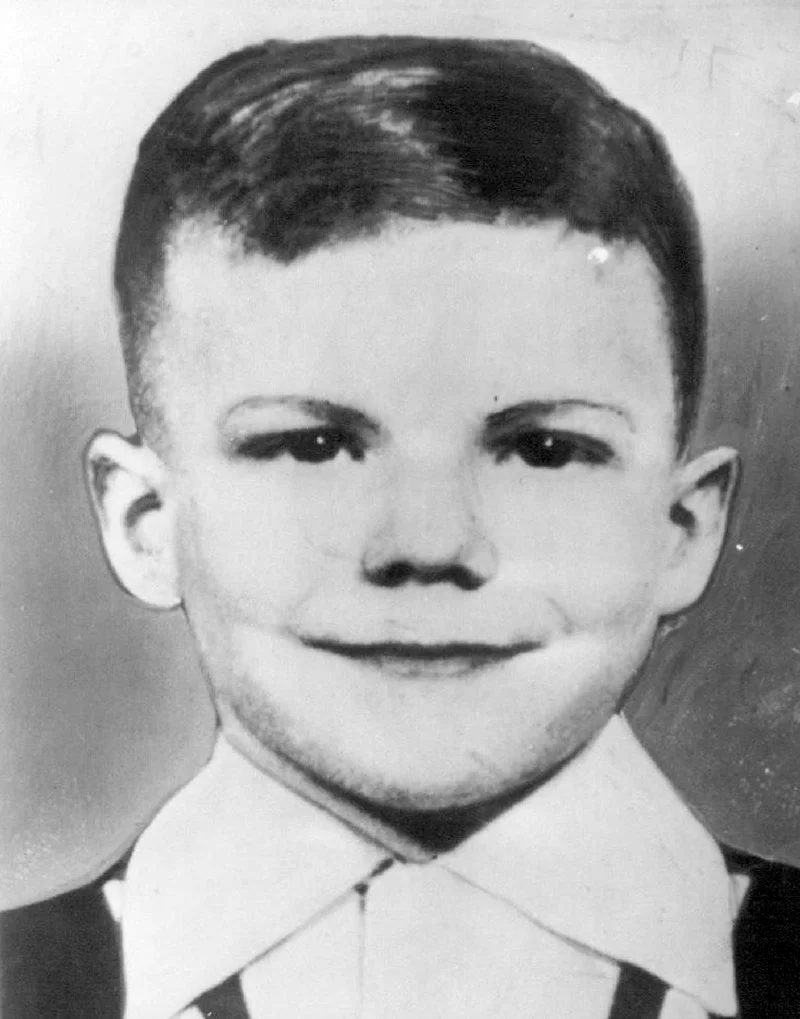The Story of The Hyatt Regency Walkway Collapse: KC's Darkest Day
The Story of The Hyatt Regency Walkway Collapse: KC's Darkest DayIf you were forwarded this email, click here to subscribe (it's free!) Read this story online | Sponsor this newsletter | Shop 📸
Exactly 44 years ago, on July 17, 1981, a catastrophic structural failure occurred at the Hyatt Regency Hotel. Two suspended walkways inside the hotel’s atrium collapsed during a crowded evening event, resulting in the deaths of 114 people and injuries to 216 others. It remains one of the deadliest structural failures in U.S. history.
Background and Design FlawsThe Hyatt Regency opened in 1980, with a modern multi-story atrium featuring glass elevators and three elevated walkways that connected opposite wings of the hotel on the second, third, and fourth floors. These suspended walkways were intended to enhance both the functionality and visual impact of the interior space. However, during construction, a critical change was made to the original structural design. The engineering firm, in coordination with the steel fabricator, altered the method of suspending the fourth-floor walkway. Instead of using a single set of continuous support rods to hold both the second- and fourth-floor walkways, the revised design used two separate sets of rods. This effectively doubled the load on the connection supporting the fourth-floor walkway, which had not been designed to bear that additional weight. The change was not adequately reviewed or tested, and the flaw went undetected prior to construction.
The Collapse and Rescue ResponseAt approximately 7:05 p.m. on Friday, July 17, over 1,600 people had gathered in the hotel’s atrium for a tea dance event. Roughly 40 people stood on the fourth-floor walkway above the crowded lobby. Without warning, the walkway failed. It fell onto the second-floor walkway below it, causing both to collapse onto the crowd beneath. Emergency responders began rescue operations within minutes. The Kansas City Fire Department coordinated with medical personnel, construction workers, and volunteers to remove debris and search for survivors. Heavy equipment was brought in to lift steel beams and concrete slabs. The operation continued for over 14 hours. Flooding from the hotel’s sprinkler system created additional hazards. Some survivors were trapped in water under the wreckage, and visibility was limited due to dust and darkness. Makeshift triage and morgue areas were established on-site to manage the volume of casualties.
Investigation and AftermathThe National Bureau of Standards (now NIST) and local authorities conducted thorough investigations. The findings revealed that poor communication, insufficient review processes, and a failure to adhere to engineering protocols contributed directly to the collapse. The engineering firm involved lost its licenses, and the incident prompted sweeping changes in structural engineering practices nationwide. As a result, reforms were implemented in engineering ethics, peer review procedures, and quality control standards. The tragedy underscored the importance of professional responsibility and thorough oversight in all stages of design and construction. The hotel reopened three months after the incident and underwent major structural reinforcements. In 1983, the rebuilt structure was described by officials as “potentially the safest in the country.” The property was later renamed Hyatt Regency Crown Center in 1987 and Sheraton Kansas City at Crown Center in 2011. Though the lobby layout remains largely unchanged, the memory of the collapse continues to shape building safety discussions. The Hyatt Regency walkway collapse remains a defining moment in Kansas City’s history and serves as a lasting reminder of the importance of engineering integrity and public safety. KMBC 9 Chronicle: The Skywalk Tapes ⬇️ This Week's Featured Historical LocationImperial Brewing Company (demolished 2023) Built in 1902, the Imperial Brewing Company building once symbolized Kansas City’s pre-Prohibition beer boom—but after decades of vacancy and failed redevelopment efforts, it was demolished in 2023.
This Week's Featured Home5525 Norwood St Mission, KS 66205
Realtors: interested in sponsoring this section to 10K+ readers? Just email me at hello@kcyesterday.com! ps: 41 years ago, The Jacksons launched their North American Victory Tour with three sold-out shows at Arrowhead Stadium in July 1984. |
Stories from the City - History of Kansas City
Join thousands of others and discover Kansas City's captivating history every week with the exclusive newsletter from KC Yesterday. Sign up now to unlock fascinating stories about the mafia, architecture, prohibition, sports, and everything in between!
The Story of UMKC If you were forwarded this email, click here to subscribe (it's free!) Read this story online | Sponsor this newsletter | Shop 📸 The University of Missouri–Kansas City (UMKC) traces its origins to October 1, 1933, when nearly 2,000 Kansas Citians gathered along Brush Creek to celebrate the opening of the University of Kansas City (UKC). Its founders envisioned an institution that would make higher education accessible to local students unable to travel far from home. The...
The Story of the Bobby Greenlease's Kidnapping If you were forwarded this email, click here to subscribe (it's free!) Read this story online | Sponsor this newsletter | Shop 📸 Bobby Greenlease. Courtesy Kansas City Star On the morning of September 28, 1953, a woman arrived at the French Institute of Notre Dame de Sion in Kansas City, Missouri, and told a nun she was the aunt of six-year-old student Robert “Bobby” Greenlease. Claiming Bobby’s mother had suffered a heart attack, the...
The Story of the 1977 Plaza Flood If you were forwarded this email, click here to subscribe (it's free!) Read this story online | Sponsor this newsletter | Shop 📸 Aftermath of the 1977 Plaza Flood. Kansas City Star The 1977 Plaza Flood remains one of Kansas City's most devastating natural disasters. On September 12 and 13 of that year, over 16 inches of rainfall overwhelmed the Brush Creek drainage basin, causing flash floods that swept through the Country Club Plaza and surrounding areas....





